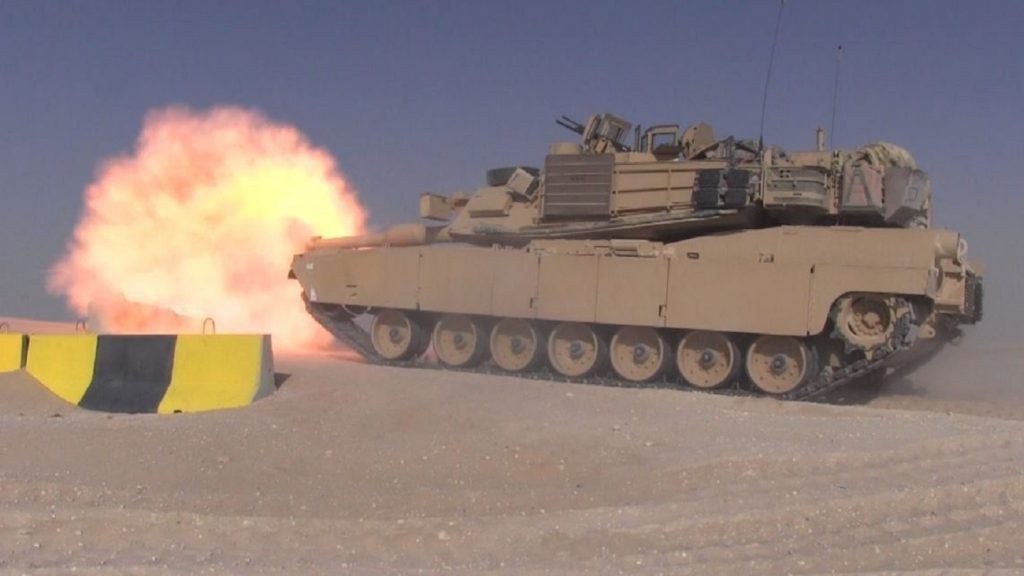The global military vehicle armour market is expected to show persistent growth over the next decade, rising from around $2bn in 2023 to reach $3.3bn in 2033, reflecting a compound annual growth rate (CAGR) of 4.8%, as anti-armour systems become ever-more effective.
The vehicle armour market consists of three categories: conventional armor, reactive armor, and composite armor. According to the latest analysis by GlobalData, the market is expected to be dominated by the composite armor segment with a market share of 50.2% of the total market, followed by the reactive armor segment with a share of 42.8%.
Anti-armour missiles and other projectiles are designed to create damage on an armoured vehicle in a number of ways, including through explosive blasts, as well as more advanced techniques including shockwaves that break off shards of a target’s interior armour to incapacitate the crew, shaped charges that penetrate and flood the interior with super-heated material, and others.
Conventional armour, when applied to vehicles, comprises metal and steel armoured plates fitted to the exterior of vehicles to increase survivability in a contested environment, and is the most common of all armour types, particularly among older generation platforms.
Composite armour is a type of protective armour that includes layers of different materials, such as steel, plastic, or ceramic, which is both tougher and lighter than conventional armour. An example of this can be seen with the UK and US, with the Chobham armour fitted to the Challenger 2 and M1A1/2 Abrams tanks.
Reactive armour consists of two variants; explosive reaction armour (ERA), and non-explosive reactive armour (NxRA). The former (ERA) consists of explosive panels fitted to the exterior of a vehicle which when struck by an incoming projectile detonates, creating a shockwave that deforms the incoming blast or penetrator.
NxRA armour differs in that the reactive element of the armour does not explode to counteract incoming projectiles, rather includes elastic material to absorb incoming shockwaves. This armour is considered to be more resilient to repeat use.
Among geographic segments, Europe is projected to dominate the sector with a share of 38.9%, followed by Asia-Pacific and North America with shares of 24.1% and 23.4%, respectively.
The significant losses of armour seen in modern conflicts in Nagorno-Karabakh and Ukraine recently, in which the latter case has seen Russia lose an estimated 15% of its entire national inventory of MBTs, has brought into sharp focus the threats faced by vehicles on the battlefield.
Case study: UK goes reactive
It is understood that the UK has opted to integrate the Trophy Active Protection System into its future Challenger 3 main battle tanks (MBTs), which will see the use of reactive amour for the first time on British MBTs. Prior to this, the British Army had found significant success with Chobham composite armour, such as was seen in the two Gulf Wars in Iraq.
According to GlobalData, the UK’s spending on vehicle armour over the coming decade is expected to increase from $36.2m in 2023 to $63.3 by 2033. Proportionally, this is broadly similar as forecast to be seen in the United States, which currently spending $446m on vehicle armour, rising to $740m by 2033.









